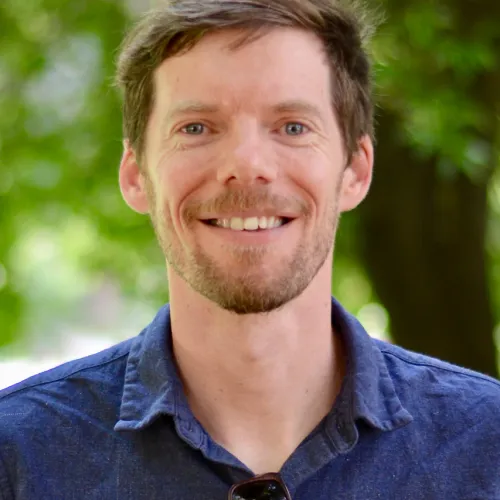Overview
Nature-based climate solutions (NbCS) have garnered both enthusiastic support and significant controversy due to their potential for climate mitigation and co-benefits such as biodiversity enhancement and improved ecosystem services. NbCS involve deliberate actions to manage ecosystems to enhance carbon sequestration and reduce greenhouse gas (GHG) emissions, including methane (CH4) and nitrous oxide (N2O). Despite substantial investment, including significant allocations through federal funding through initiatives like the Inflation Reduction Act, effective applied science for long-term NbCS is an urgent near-term need.
The implementation of NbCS has outpaced rigorous scientific understanding, raising concerns about important project aspects such as additionality, leakage, and permanence. Challenges exist across various ecosystems, from agricultural lands lacking representative data to forests with outdated carbon estimation models and diverse wetlands with long-term impact timelines. Furthermore, variability in protocols and lack of standardized data limit the reliability and credibility of carbon credits and overall NbCS efficacy.
Ecosystem scientists are perfectly positioned to address these gaps by developing robust methods for project assessment, monitoring, reporting, and verification. Achieving a scientifically robust framework for NbCS requires strategic coordination, significant investment, and leveraging existing infrastructure. This talk will focus on the key research questions and applied science needs that are urgently required to make NbCS a viable and reliable climate
mitigation strategy.

Professor Keenan is a global change ecologist whose work combines ecological theory with numerical techniques to examine the response of terrestrial ecosystems to environmental change. His research spans from individual organisms (primarily phototrophs) to ecosystems, landscapes, and the globe. He combines satellite observations with large ecological data sets, models of ecosystem state and function, and data assimilation/mining tools, with results from in-situ field studies and experiments, to gain a mechanistic understanding of key physical and biological processes.
